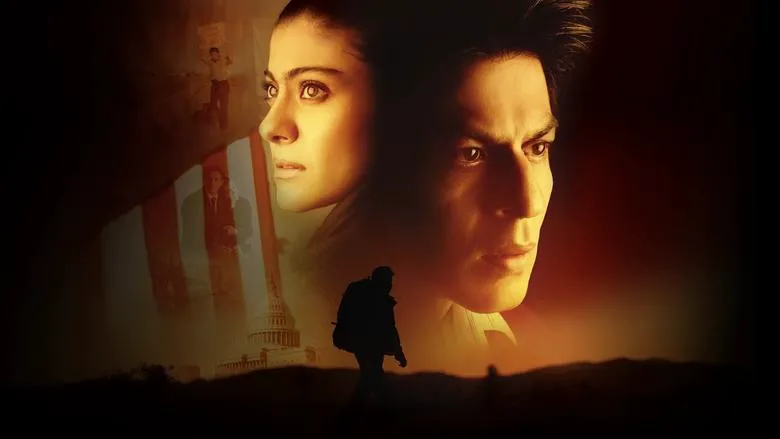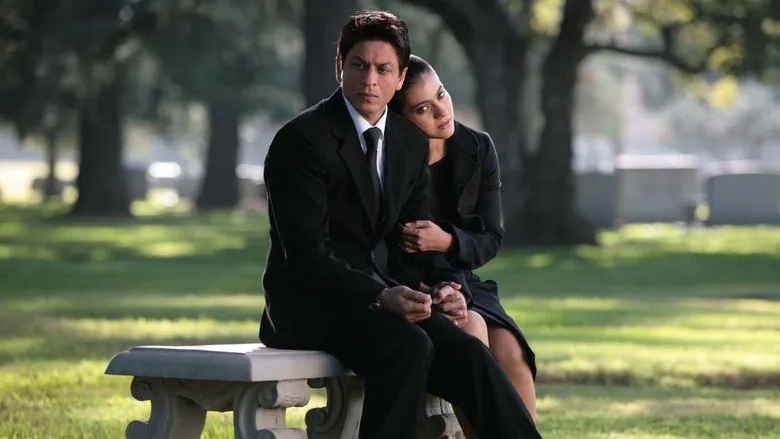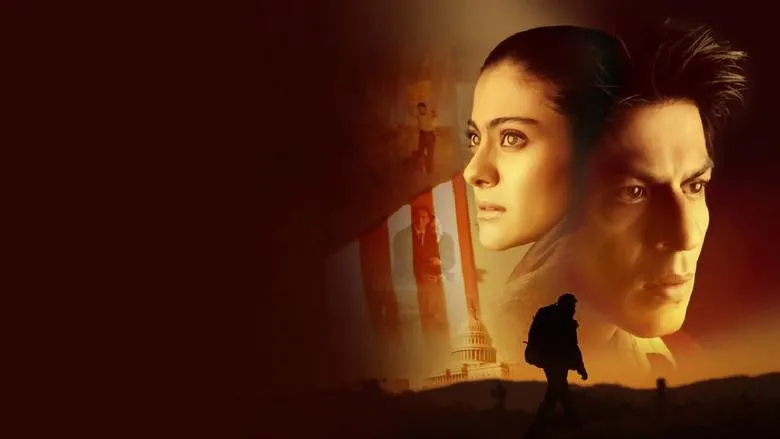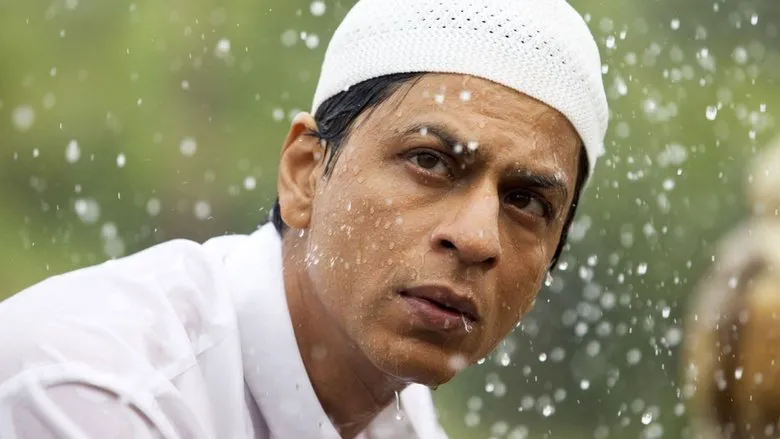My Name Is Khan: A Bollywood Interpretation of American Classics
“My Name Is Khan” delivers a deliberately paced drama centered around the theme of universal brotherhood. In this film, Bollywood icon Shah Rukh Khan embodies a character reminiscent of Forrest Gump, while director Karan Johar seems to draw heavily from established Hollywood styles and storytelling techniques.
 The movie’s poster
The movie’s poster
Following the success of “Slumdog Millionaire,” which demonstrated Bollywood’s ability to adapt exotic flair for Western audiences, “My Name Is Khan” further refines this approach. The formula involves minimizing elaborate song and dance sequences (reducing the song and dance numbers to a symbolic minimum) while retaining the signature hallmarks of Indian cinema: deep emotionality, rich visual colors, and narratives with fairytale-like qualities.
 Shah Rukh Khan in one of the movie’s emotionally powerful scenes
Shah Rukh Khan in one of the movie’s emotionally powerful scenes
A Fresh Perspective
The protagonist in “My Name Is Khan,” Rizwan Khan, possesses a unique sensitivity to external stimuli, such as loud noises and the color yellow. His literal interpretations of language offer both comedic moments and insightful observations. Unlike “Rain Man,” where the main character’s condition was a central focus, Khan’s Asperger’s syndrome serves more as a lens through which he perceives the world and helps reveal inherent absurdities in everyday situations and interactions. It’s a method of storytelling more than the story itself.
 Kajol, starring alongside Shah Rukh Khan, delivers a compelling performance
Kajol, starring alongside Shah Rukh Khan, delivers a compelling performance
Love, Loss, and Identity in a Post-9/11 World
The story sees Khan moves to the United States where he finds love with Mandira, and together, they build a family. Their interfaith relationship as a Muslim man and Hindu woman faces complex challenges following the tragic events of 9/11. As prejudice against Muslims rises, their family suffers a devastating loss - The death of the couple’s son. Mandira, overwhelmed by grief and in a moment of raw emotion, compels Khan to embark on a seemingly impossible quest: to personally tell the President of the United States that “My Name Is Khan, and I am not a terrorist.”
 Khan’s journey across America forms the core of the film
Khan’s journey across America forms the core of the film
The film consciously avoids the typical Bollywood excess in glitz and glamorous spectacle. Instead, the cinematography and editing choices such as an abundance of close-ups and quick cuts, immerse the audience in the subjective experience of seeing the world through Rizwan’s eyes, enhancing the film’s empathetic connection with its protagonist.
 The film reflects the changing attitudes post 9/11 Terrorist attacks
The film reflects the changing attitudes post 9/11 Terrorist attacks